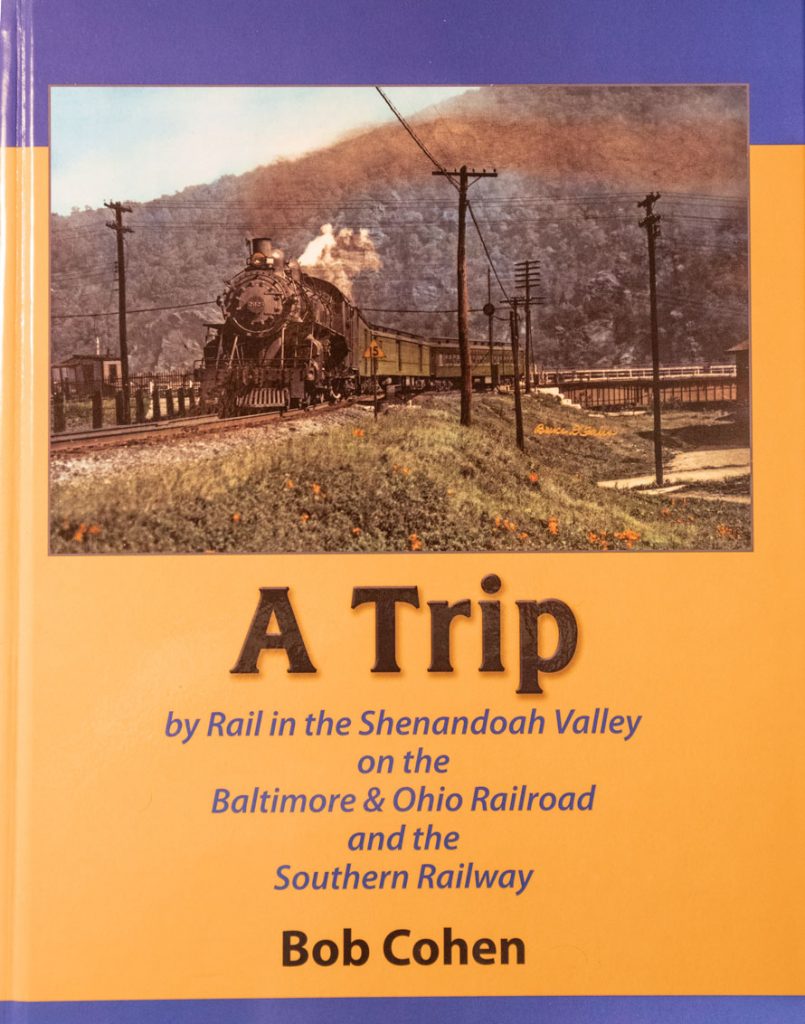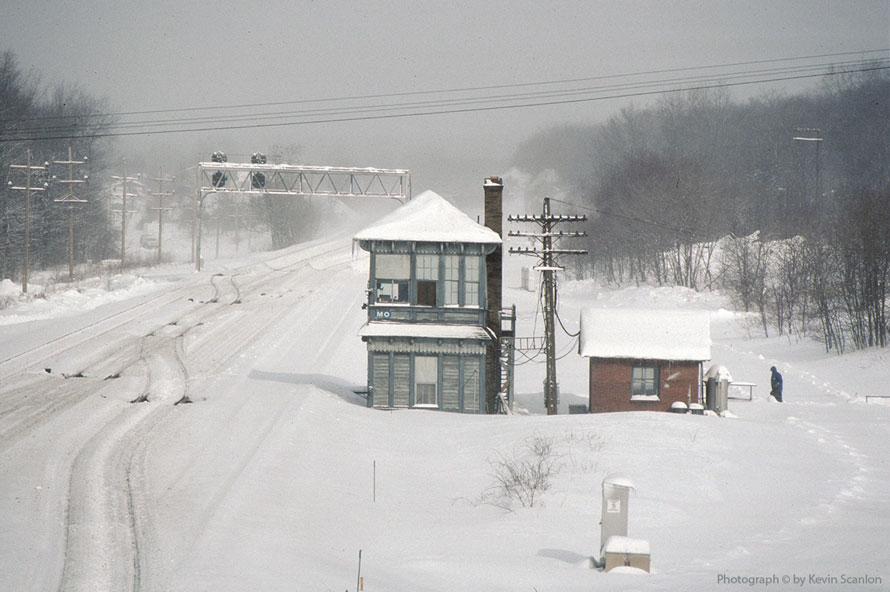One can stand trackside and see the headlights of three or more approaching trains in the distance . . .
Chicago’s Metra commuter system is one of the busiest in the U.S., with lines emanating from downtown in all directions to the suburbs. Trains originate from four stations: Union, LaSalle Street, Millennium (near the site of the Illinois Central Railroad’s Central Station) and the Ogilvie Transportation Center (a skyscraper built on the site of Chicago & North Western’s Northwestern Station). Every weekday morning trains pour into the downtown area, packed with commuters headed to work in the city. The late afternoon hours find the reverse as commuters head for home.
Of the many routes operated by the system, the former Chicago, Burlington & Quincy line to Aurora is the busiest. During the height of the commuter rush, one can stand trackside and see the headlights of three or more approaching trains in the distance on the triple track mainline. The northern-most track finds trains making local stops, while express trains take the middle track and a combination of empty deadhead moves and eastbound commuter trains take the southernmost track.
Read more
